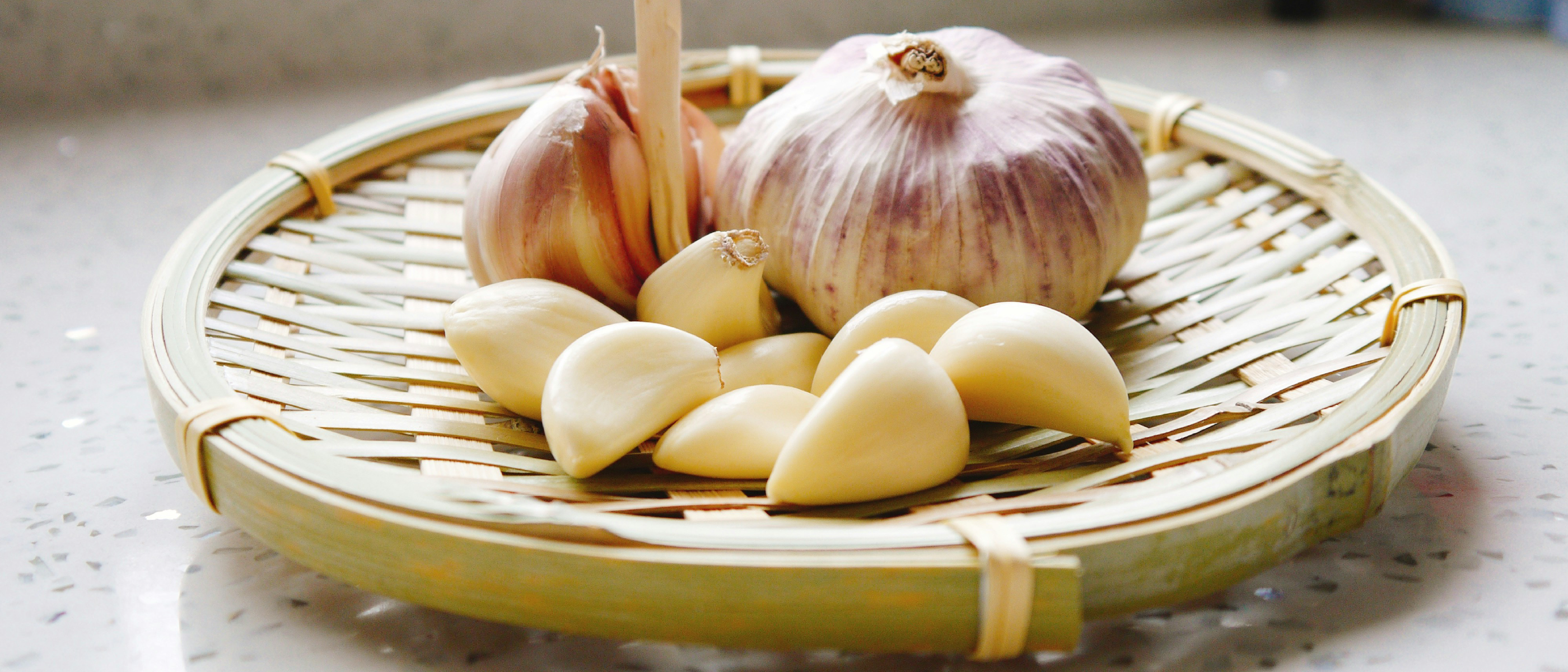What Happens to Your Body When You Eat Garlic Regularly
Posted on June 4, 2025 • 4 min read • 698 wordsDiscover the physiological changes your body undergoes with regular garlic consumption, from cardiovascular benefits to anti-inflammatory effects, based on recent scientific research.

Garlic, a staple in kitchens worldwide, is more than just a flavor enhancer—it’s a powerhouse of bioactive compounds with profound effects on human health. For centuries, traditional medicine has celebrated its antimicrobial and immune-boosting properties, but modern science is now unraveling the precise mechanisms behind these benefits. If you’ve ever wondered, “What happens to my body when I eat garlic regularly?” this article delves into the physiological changes, supported by recent studies, to answer that question.
Your Cardiovascular System: Cholesterol and Blood Pressure Regulation
One of the most well-documented benefits of regular garlic consumption is its positive impact on cardiovascular health. Beyond cholesterol, garlic may help regulate blood pressure. Its active compound, allicin, is converted into hydrogen sulfide in the body, a molecule that relaxes blood vessels and improves circulation. The anti-inflammatory and vasodilatory properties of garlic’s sulfur compounds are widely accepted in nutritional science, making it a natural ally for maintaining healthy blood pressure. [1]
Inflammation and Immunity: How Garlic Calms the Storm
Chronic inflammation is a root cause of many modern diseases, from arthritis to heart disease. Garlic’s anti-inflammatory effects are driven by compounds like S-1-propenylcysteine (S1PC), a key component of aged garlic extract (AGE). A 2025 study found that S1PC significantly reduced the expression of pro-inflammatory genes (e.g., IL-6, IL-8) in bronchial epithelial cells exposed to a COVID-19 vaccine, suggesting it could mitigate “cytokine storms” [2] . This aligns with another review highlighting AGE’s potential to target NF-κB, a master regulator of inflammation, across various diseases [3] .
For your immune system, garlic’s antimicrobial properties—long used to fight colds—are backed by evidence. A 2025 study comparing black and white garlic extracts found that black garlic (fermented garlic) had stronger antibacterial activity against pathogenic bacteria, likely due to its higher concentration of polyphenols and flavonoids [4] .
Antioxidant Power: Protecting Cells From Oxidative Stress
Oxidative stress, caused by an imbalance between free radicals and antioxidants, accelerates aging and disease. Garlic is rich in antioxidants, including allicin, selenium, and flavonoids. A 2025 study on thermal treatment’s impact on garlic’s properties found that while heating reduced allicin content, it did not significantly lower total antioxidant capacity (TAC) measured by multiple assays (ABTS, DPPH, etc.) [5] . This means even cooked garlic retains its ability to neutralize free radicals, protecting your cells from damage.
Black garlic, in particular, outperforms raw garlic in antioxidant activity. The same 2025 study reported that black garlic methanol extracts had a 96.3% inhibition of free radicals, compared to lower percentages in raw garlic extracts [4] .
Gut Health: Aiding Digestion and Microbiome Balance
Your gut microbiome plays a critical role in digestion, immunity, and even mood. Garlic contains prebiotics—non-digestible fibers that feed beneficial gut bacteria. A 2025 review on functional dairy foods noted that garlic, along with chicory and onions, is a natural source of prebiotics that support the growth of probiotics like Lactobacillus and Bifidobacterium [7] . By nourishing your gut flora, regular garlic consumption may improve digestion, nutrient absorption, and overall gut-brain axis communication.
Potential Considerations: When More Isn’t Always Better
While garlic offers numerous benefits, moderation is key. Excessive raw garlic consumption can cause gastrointestinal irritation, such as heartburn or bloating. Additionally, a 2025 case report highlighted a rare but important risk: topical application of raw garlic caused second-degree burns in one patient, underscoring the need for caution with external use [8] . For internal use, cooking garlic (e.g., sautéing) can reduce its pungency and potential for irritation without losing all its benefits, as thermal treatment only moderately affects its antioxidant capacity [5] .
Conclusion
Regular garlic consumption can trigger a cascade of positive changes in your body: from lowering cholesterol and blood pressure to reducing inflammation, boosting antioxidant defenses, and supporting gut health. While more research is needed to fully understand its mechanisms, the evidence to date paints a compelling picture of garlic as a functional food with therapeutic potential. Whether you enjoy it raw in salads, cooked in sauces, or as aged garlic extract, incorporating garlic into your diet could be a simple yet powerful step toward better health. Just remember: balance is key—moderation ensures you reap the benefits without unwanted side effects.
Sources
-
Karin Ried. Garlic lowers blood pressure in hypertensive subjects, improves arterial stiffness and gut microbiota: A review and meta-analysis. (2019). doi:10.3892/etm.2019.8374 ↩︎
-
Chiara Papi, Jessica Gasparello, Giovanni Marzaro, et al. Aged garlic extract major constituent S-1-propenyl-l-cysteine inhibits proinflammatory mRNA expression in bronchial epithelial IB3-1 cells exposed to the BNT162b2 vaccine. Experimental and therapeutic medicine.(2025). ↩︎
-
Enzo Agostinelli, Giovanni Marzaro, Roberto Gambari, et al. Potential applications of components of aged garlic extract in mitigating pro-inflammatory gene expression linked to human diseases (Review). Experimental and therapeutic medicine.(2025). ↩︎
-
Halima Ben Hmad, Najet Sellami, Houda Ben Jemaa, et al. Therapeutic and Biological Properties of White Garlic and Black Garlic Extracts (Allium sativum L.): A Comparative Analysis. Journal of medicinal food.(2025). ↩︎
-
Paulina Furdak, Grzegorz Bartosz, Izabela Sadowska-Bartosz. Effect of Thermal Treatment on the Antiproliferative and Antioxidant Activities of Garlic. Food science & nutrition.(2025). ↩︎
-
Rajashree Jena, Prasanta Kumar Choudhury. Unveiling probiotic and prebiotic functional dairy foods: a health beneficial outlook. 3 Biotech.(2025). ↩︎
-
Shamsudin Nor Amal Lina, Chee Hon Yee, Yoon Chin Yap. Unforeseen sequela of a traditional remedy: A garlic burn case report. Malaysian family physician : the official journal of the Academy of Family Physicians of Malaysia.(2025). ↩︎